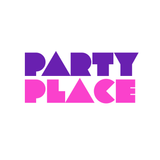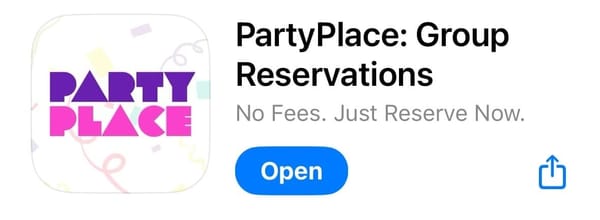What does "minimum spend" even mean?

Ever tried to organize a party or gather 10+ friends at a bar in NYC?
You’ve probably experienced the frustration of filling out inquiry forms, only to get bombarded with jargon that leaves you more confused than when you started.
Don't worry, we're here to clear things up.
Minimum Spend vs. Open Bar: What’s the Difference?
- Minimum Spend: You and your group commit to spending a minimum amount on food and drinks over a set period. If you don't meet the minimum, the host’s credit card or deposit may be charged the difference.
- Open Bar: You and your guests pay a set fee per person for unlimited access to a selection of drinks for a certain time. It's straightforward—pay upfront, drink as much as you want.
How does a minimum spend work?
After chatting with bars and restaurants across NYC, we’ve broken down the three most common options:
1️⃣ Minimum Spend with a Credit Card Hold: You secure the reservation with a credit card (no upfront charge). Guests pay their own tabs, and the total spent is added to meet the minimum. If the minimum isn’t met, your card is charged the difference.
2️⃣ Minimum Spend with a Refundable Deposit: You pay a deposit upfront, which is refunded if your group hits the minimum spend. Guests pay for their own drinks, and the total spent counts toward the minimum.
3️⃣ Minimum Spend Prepaid by the Host: You prepay the minimum spend. Guests order without paying, as their spending counts toward the prepaid amount. After reaching the minimum, any extra charges are paid for individually by the guests.
We hope this helps!
Share this with a friend who’s always planning events, or with someone who could use a little extra guidance when navigating event packages.


